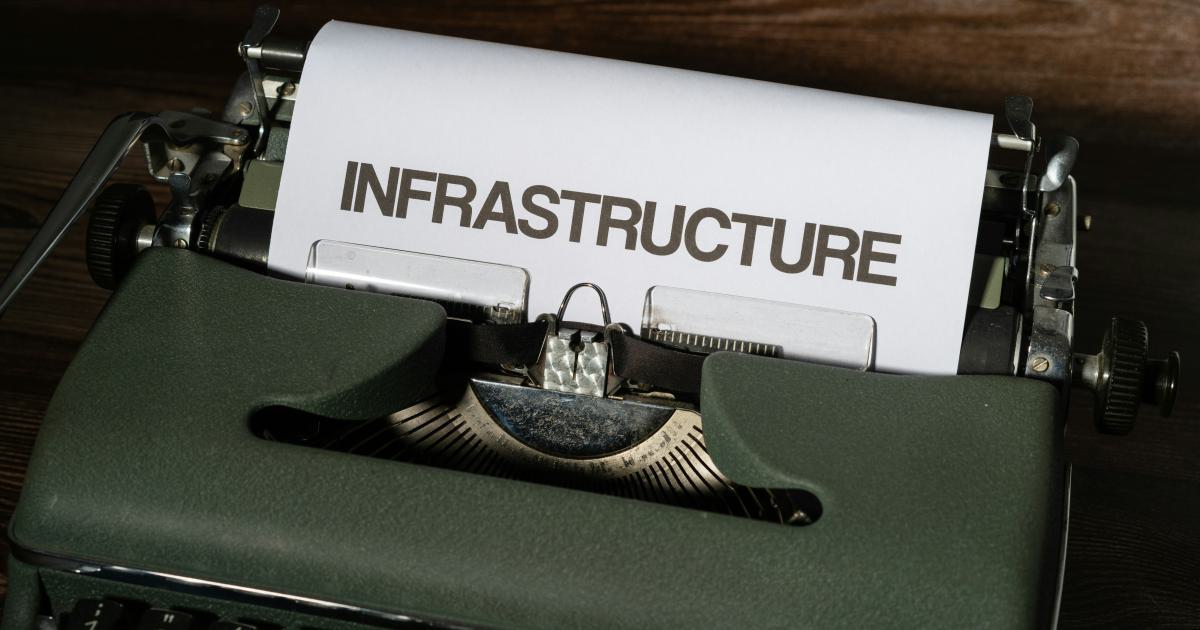88% of Crawlers Skip Unoptimized Resources: Streamlining Asset Delivery


The Importance of Optimizing Asset Delivery
In the fast-paced digital landscape, the delivery of website assets such as images, scripts, and stylesheets has become a critical factor in determining a site's performance and user experience. Recent studies have revealed a startling statistic: 88% of web crawlers, including search engine bots, skip unoptimized resources. This alarming trend highlights the urgent need for websites to streamline their asset delivery processes to ensure maximum visibility, discoverability, and engagement.

As search engines and other web crawlers navigate the vast expanse of the internet, they prioritize sites that offer a seamless, efficient browsing experience. Unoptimized assets, such as large image files or poorly minified JavaScript, can significantly slow down a website's loading times, leading to user frustration and potential search engine penalization.
The Anatomy of Asset Delivery Optimization
Optimizing asset delivery involves a comprehensive approach that addresses various aspects of a website's resource management. From file compression and caching to content delivery network (CDN) integration and lazy loading, each optimization technique plays a crucial role in ensuring that a site's assets are delivered with maximum efficiency.
Compression and Minification
One of the fundamental steps in optimizing asset delivery is compressing and minifying website resources. By reducing the file size of images, scripts, and stylesheets, you can significantly improve your site's loading times, ultimately enhancing the user experience and boosting search engine visibility.

Techniques such as GZIP compression for text-based resources and image optimization for visual assets can dramatically reduce file sizes without compromising quality. Additionally, minifying JavaScript and CSS by removing unnecessary whitespace and comments can further streamline the delivery of these critical components.
Caching and Cache Busting
Effective caching strategies can dramatically improve asset delivery performance by reducing the need for repeated downloads. By leveraging browser caching and server-side caching mechanisms, you can ensure that returning visitors experience lightning-fast load times, as their browsers can quickly retrieve the necessary resources from the local cache.

However, it's important to consider cache busting techniques, which ensure that users receive the latest versions of your assets. This is particularly crucial for dynamic content or when you make updates to your website's resources.
Content Delivery Networks (CDNs)
Integrating a content delivery network (CDN) into your website's infrastructure can significantly enhance asset delivery by reducing latency and distributing the load across a global network of servers.

CDNs strategically cache your website's resources on servers around the world, allowing users to retrieve assets from the nearest server, resulting in faster load times. This is especially beneficial for users accessing your site from different geographical locations.
Lazy Loading and Prioritization
Another effective technique for optimizing asset delivery is lazy loading, which delays the loading of resources until they are needed. This approach is particularly useful for image-heavy websites, where users may not need to see all the images on a page immediately.

By prioritizing the loading of critical assets, such as the main content and above-the-fold elements, and deferring the loading of less critical resources, you can create a more responsive and efficient user experience.
Overcoming Challenges in Asset Delivery Optimization
While the principles of asset delivery optimization are well-established, implementation can present several challenges that must be addressed to ensure effective and sustainable improvements.
Legacy Infrastructure and Technical Debt
Many websites, especially those with long-standing histories, may be built on legacy infrastructure or suffer from technical debt, making it difficult to implement modern optimization techniques. Outdated content management systems, inefficient coding practices, and fragmented technology stacks can all contribute to the challenge of streamlining asset delivery.

Overcoming these obstacles often requires a strategic approach, including thorough audits, refactoring, and the gradual migration to more efficient frameworks and platforms.
Maintaining Consistent Performance Across Devices and Browsers
As the web landscape continues to evolve, with a diverse array of devices and browsers, ensuring consistent performance across all user touchpoints can be a significant challenge.

Responsive design, device-specific asset delivery, and comprehensive testing across a wide range of devices and browsers are crucial steps in addressing this challenge and providing a seamless user experience.
Balancing Optimization and Design Considerations
Optimizing asset delivery can sometimes conflict with design objectives, as lightweight, optimized resources may not always align with the desired aesthetic or creative vision. Striking a balance between performance and design requires careful planning, collaboration between development and design teams, and the exploration of innovative techniques that can satisfy both priorities.

Practical Implications and Applications
The optimization of asset delivery has far-reaching implications, impacting various aspects of a website's performance, user experience, and search engine visibility.
Improved Search Engine Optimization (SEO)
As search engines place increasing emphasis on website speed and user experience, optimizing asset delivery can have a direct and significant impact on a site's SEO. By ensuring that resources are delivered efficiently, you can improve your website's rankings, drive more organic traffic, and enhance the overall discoverability of your content.

Enhanced User Experience and Engagement
Streamlined asset delivery translates to faster loading times, reduced bounce rates, and increased user engagement. When visitors can access your website's content and resources quickly and seamlessly, they are more likely to stay on your site, explore further, and potentially convert into customers or loyal followers.

Cost Savings and Operational Efficiency
Optimizing asset delivery can also lead to tangible cost savings and operational efficiencies. By reducing bandwidth usage, minimizing server load, and optimizing content delivery, you can potentially lower hosting and infrastructure expenses, ultimately contributing to the overall profitability and sustainability of your online business.

Conclusion: The Path Forward
As the digital landscape continues to evolve, the optimization of asset delivery will remain a critical priority for website owners and digital professionals. By addressing the challenges and implementing effective strategies, organizations can unlock the full potential of their online presence, drive increased visibility, enhance user engagement, and ultimately achieve greater business success.

The journey towards streamlined asset delivery requires a comprehensive and ongoing effort, but the rewards are substantial. By staying informed about the latest best practices, embracing innovative technologies, and fostering a culture of continuous improvement, your website can become a beacon of efficiency, captivating audiences and commanding the attention of search engines.
The time to act is now. Embark on the path of asset delivery optimization and unlock the full potential of your digital presence.
Further Reading
- Google's Web Vitals: Measuring and Improving Core Web Vitals
- Optimizing Website Performance: Techniques and Best Practices
- The Impact of Page Speed on SEO and User Experience
- Content Delivery Networks: Boosting Website Performance Globally
- Lazy Loading: Improving Website Performance with Deferred Asset Loading